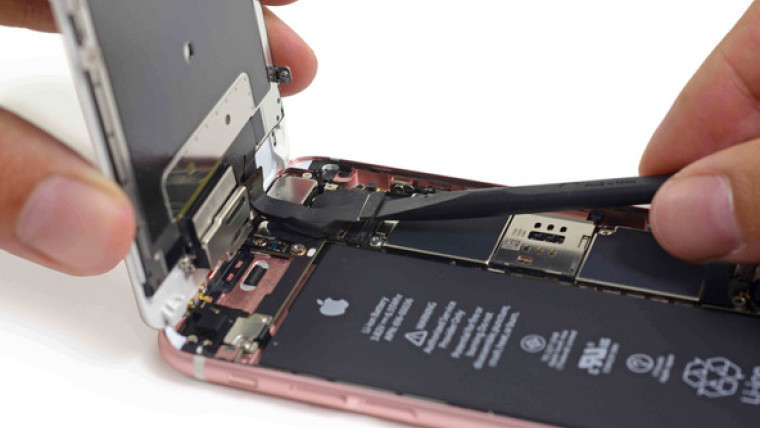
Apple unveiled the iPhone 6s and 6s Plus just last month to highly positive reception. While the demand for the product was expected to be much higher than before, a recent breakdown of the handsets has revealed that Apple apparently had to resort to dual-sourcing the A9 processor powering the smartphone in order to adequately meet demand.
As such, different models of the iPhone 6s and 6s Plus will offer different processors, produced using either Samsung's 14nm fab or TSMC's slightly larger design. The two processors perform generally the same under benchmarks but, according to some reports, one of them is far more efficient in terms of battery life.
Numerous accounts on forums are now indicating that the A9 chips produced by TSMC were able to get as much as 2 hours more of battery life when running stress tests. Although the results have been consistent, the stress test is not indicative of everyday usage. Battery stress tests simulate specific events, which may strain the two processors in different ways, thus leading to the disparity during tests, but leaving room for similar longevity in real world usage.
In order to find out which of the two processors is powering your device, you can download the Lirum Device Info Lite - System Monitor app, which gives a breakdown of the specifications of the device. If the processor was manufactured by Samsung, you should get N71AP or N66AP as the model number for the iPhone 6s and 6s Plus, respectively, while the TSMC models are distinguished by an extra 'M', giving either N71MAP or N66MAP.
Via: Gizmodo

















43 Comments - Add comment